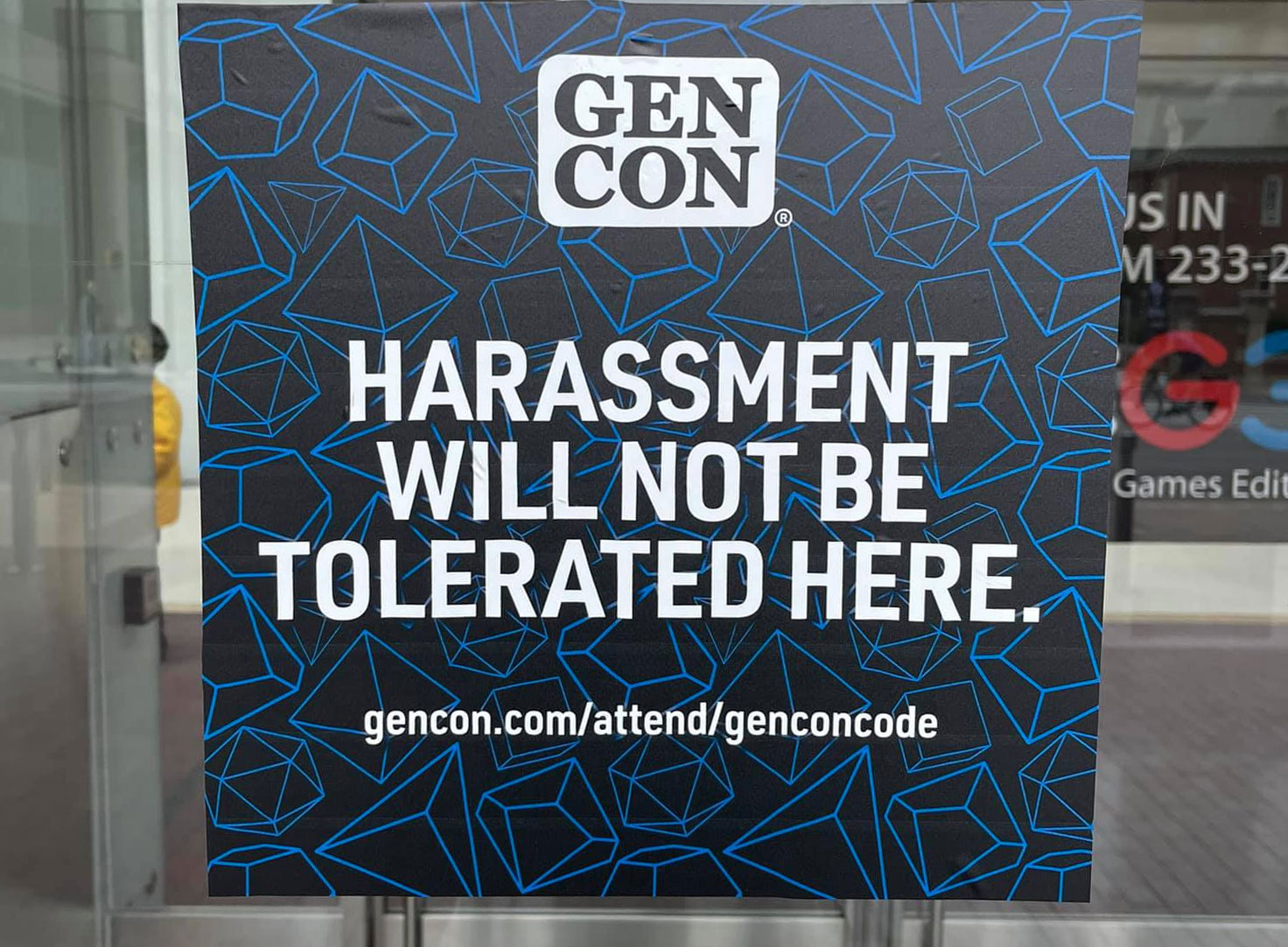As far as I can recall, most games also put slavery in the hands of evil societies like orcs or dark elves, which kind of oversimplifies things, but also makes it, if not family-friendly, then at least a non-controversial evil, like environmental destruction in The Lord of the Rings.But this difference is also a major reason why Star Wars is still considered family-friendly.
Most RPGs don't have this sort of slavery, but instead go for the violent version.
Last edited:

